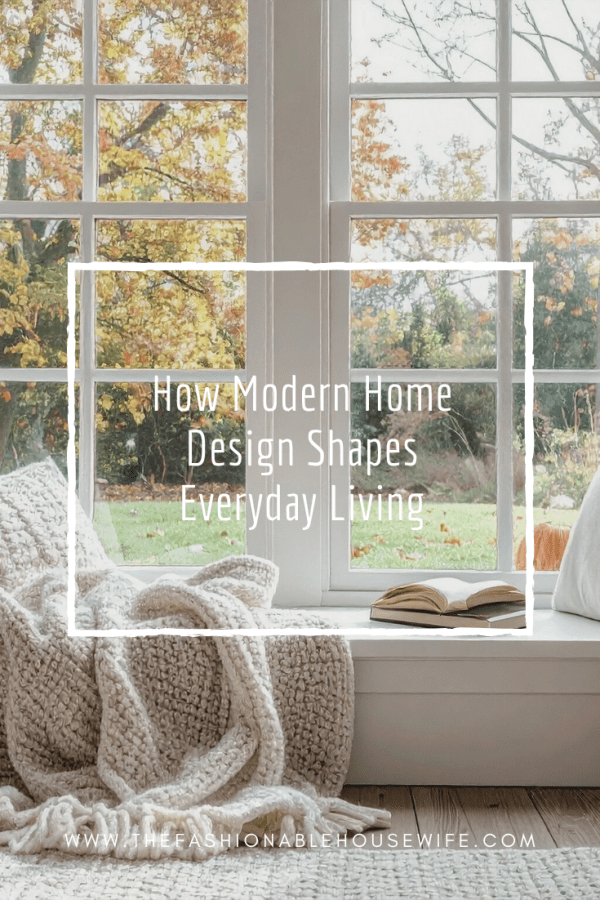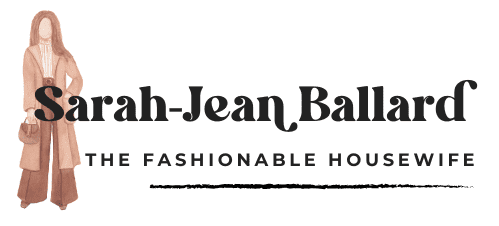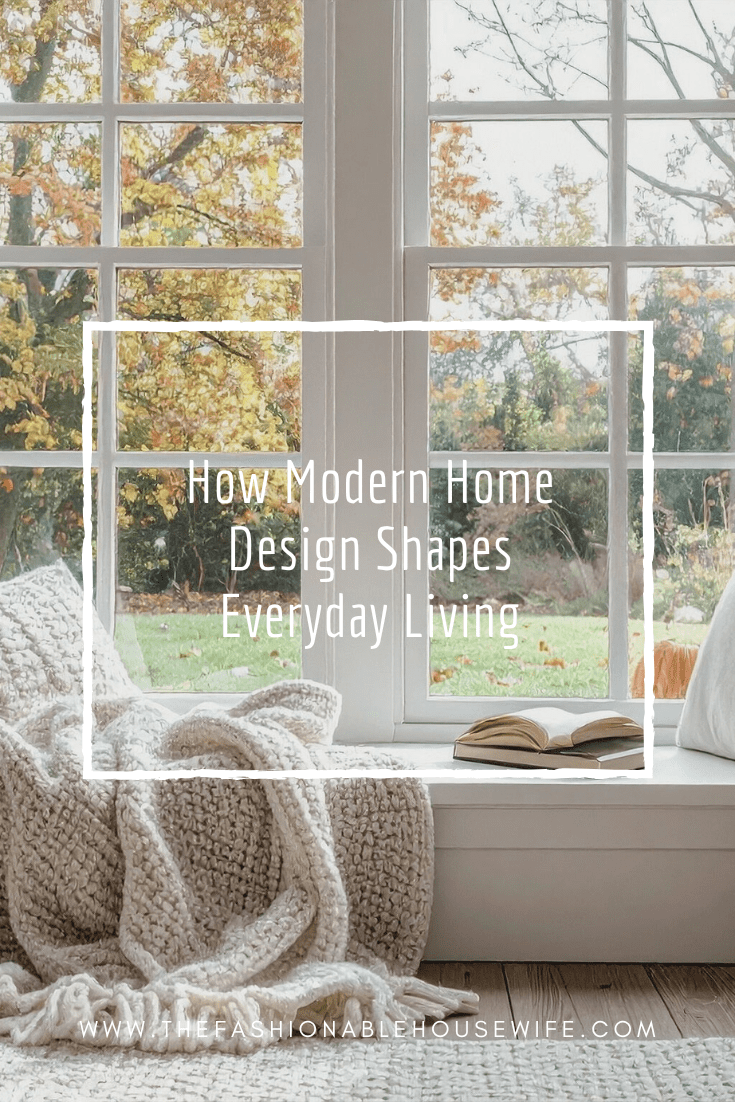How Modern Home Design Shapes Everyday Living

Table of Contents
- Modern Home Designs Allow Open Concept Living
- Integration of Smart Technology
- Embracing Natural Elements
- Flexible and Multi-Functional Spaces
- Minimalist Aesthetics
- Personalized Interiors
- Sustainable Design Practices
- Final Thoughts
Modern home design isn’t just about aesthetics—it’s about creating spaces that profoundly elevate your lifestyle, enhance daily comfort, and foster lasting social connections. Traditional distinctions between beauty and function give way as more homeowners seek well-balanced environments where stunning design converges with real-world utility. As a result, thoughtful layouts, personalized environments, and sustainable choices have become top priorities. Homeowners today seek more than just visual appeal; they crave homes that truly work for them and their families. Builders such as Brock Built are at the forefront of this movement, seamlessly blending creativity and practicality to craft homes that inspire and serve modern life’s evolving needs.
The modern home is more than just a place to rest your head—it’s a responsive, adaptive environment that naturally evolves with your changing needs and aspirations. The trends sweeping through architecture and interior design have transformed how we live, work, entertain, and unwind. Whether you’re coordinating remote work with family life, seeking to create an ideal environment for entertaining friends and loved ones, or needing a peaceful retreat to recharge, today’s innovations deliver solutions that unite style with convenience. Modern design trends place equal value on livability and visual harmony, resulting in homes that feel intentional, inviting, and ready to support your best life.
Open Concept Living
Open concept layouts are transforming the very nature of residential living, removing physical barriers that once divided key areas of the home. By eliminating unnecessary walls between kitchens, dining rooms, and living areas, open floor plans cultivate a palpable feeling of freedom and airiness. The uninterrupted flow of space maximizes the reach of natural light, brightening every interior corner and creating a cheerful, welcoming ambiance. With sightlines extended across multiple rooms, daily culinary, leisure, or social activities feel more interconnected.
Integration of Smart Technology
Technology has moved well beyond the confines of our personal devices and has become a cornerstone of modern living, deeply embedded in the infrastructure of our homes. Voice-activated assistants, smart thermostats, automated lighting, and security systems are now essential features in newly built and renovated spaces. This integration streamlines daily life management, enabling you to control temperature, lighting, and entertainment with a simple command or smartphone tap. Such features make homes safer, more energy-efficient, and tailored to individual preferences.
Embracing Natural Elements
The modern pursuit of balance and harmony is embodied in the widespread embrace of natural elements throughout interior spaces. Wood, stone, bamboo, and an abundance of indoor greenery anchor homes to the natural world, fostering a peaceful, restorative ambiance. Hardwood floors, exposed beams, textured stone backsplashes, and woven baskets bring organic warmth and tactile richness that synthetic materials can’t replicate. Small touches, like natural-fiber rugs or leaf-patterned wallpapers, evoke a subtle connection to nature.
Flexible and Multi-Functional Spaces
With the rise of remote and hybrid work and evolving family dynamics, flexibility has become a central principle in residential design. Homeowners increasingly desire spaces that can easily transition between functions, adapting to shifting schedules and needs without compromise. A guest room one week can become a home office the next; a sunny corner may take on new life as a reading nook, art studio, or yoga retreat. Features like Murphy beds, modular sofas, and movable partitions enable effortless transformation, ensuring every square foot remains useful and aesthetically pleasing.
Designers and builders are responding by incorporating built-in storage, fold-out desks, and cleverly concealed technology that maximizes livable space without adding clutter. Sliding barn doors or glass panels offer privacy when needed while allowing light and flow when open. This flexibility supports dual-income households, small business operations, fitness endeavors, and all hobbies—from gaming setups to crafting stations—accommodating the diverse rhythms of daily living.
Minimalist Aesthetics
Minimalism inspires modern home design, championing serene, uncluttered environments that speak to elegance and practicality. Clean lines, neutral color palettes, and unfussy décor promote a sense of calm and order, transforming homes into personal sanctuaries where distractions melt away. The “less-is-more” philosophy guides homeowners to invest in quality over quantity, prioritizing carefully chosen pieces that serve multiple functions or hold particular meaning.
Decluttering has become a key aspect of this approach, as streamlined storage systems and discrete organization methods keep everyday essentials close at hand but out of sight. The effect is visual openness and tranquility, regardless of square footage. Adopting a minimalist aesthetic goes beyond trends; it often leads to a greater focus on sustainability and intentional living, reducing waste and excess while elevating the things that truly matter most within your home.
Personalized Interiors
No two households are the same, and modern homeowners are celebrating this individuality by infusing their living spaces with personal meaning and style. Personalized interiors tell the stories of their inhabitants—celebrating heritage, travel, milestones, and passions through curated art collections, treasured keepsakes, or custom-built furnishings. From statement accent walls brimming with family photographs, to bookshelves lined with favorite reads and handmade ceramics, these details make each room uniquely inviting.
Sustainable Design Practices
Eco-friendly living is now a guiding principle, shaping every modern home building and renovation aspect. The thoughtful selection of recycled, reclaimed, or rapidly renewable materials—like bamboo flooring, recycled glass countertops, and low-impact paint—minimizes harmful environmental effects while offering style and durability. Energy efficiency is prioritized through double-glazed windows, programmable thermostats, and advanced insulation methods, reducing energy bills and carbon footprints.
Final Thoughts
The evolution of modern home design is helping people live more connected, efficient, and authentic lives. Whether through open-plan living, smart technological enhancements, nature-inspired features, or a commitment to sustainability, contemporary homes reflect the priorities of today’s homeowners. By embracing these trends, you can create a space that enhances your well-being, supports your daily rhythms, and grows with you over time.

